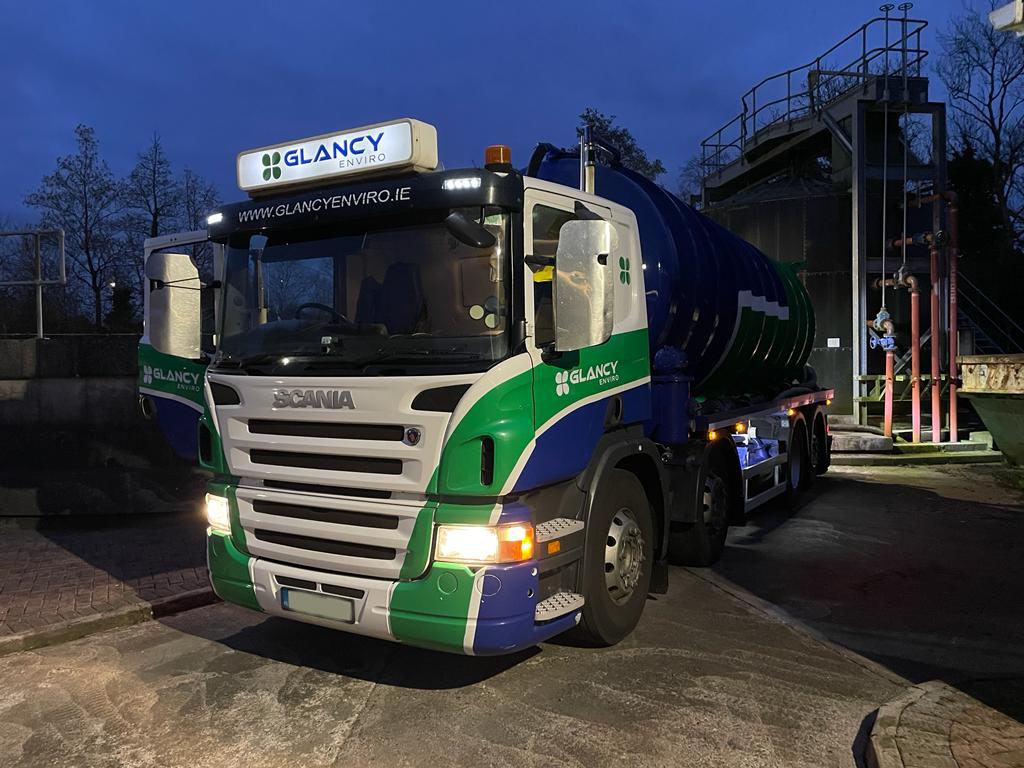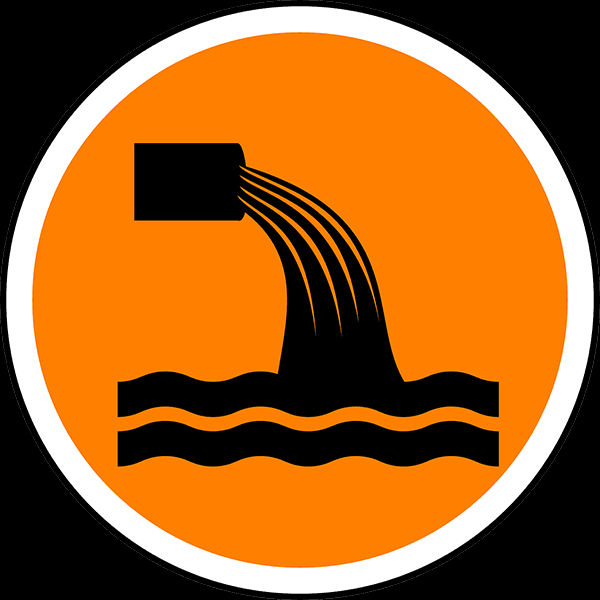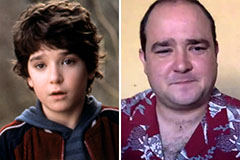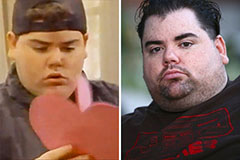The 8-Second Trick For Reclaim Waste
Table of Contents10 Simple Techniques For Reclaim WasteAn Unbiased View of Reclaim WasteSee This Report on Reclaim WasteThe 25-Second Trick For Reclaim WasteWhat Does Reclaim Waste Mean?
Domestic sewer waste refers to the waste and items from a household septic storage tank. The correct management and disposal of residential sewer waste need liquid waste to be moved to a sewer treatment plant where the proper approaches and devices are used to cleanse and dispose of waste.
Business waste commonly consists of potential threats, such as combustible materials or a blend of fluid and strong waste items, and requires an advanced and in-depth disposal procedure. The disposal of commercial waste normally involves the filtration of waste before transportation to make certain secure and correct disposal. Hazardous waste is produced from by-products and drainage of commercial procedures and manufacturing.
This type of waste can not utilize the very same sewage monitoring transport or procedures as septic or business fluids. The commercial waste management process calls for the inspection and testing of liquid waste before it goes through the disposal process (liquid waste removal). Overflow waste is the fluid waste that comes from runoff and excess stormwater in highly populated locations or cities
Drainage waste can trigger contamination and flooding if not managed correctly. Making certain appropriate waste monitoring can protect against calamities and minimize environmental injury.
Reclaim Waste Can Be Fun For Everyone
Contact PROS Services today to find out about our waste monitoring and disposal solutions and the proper means to look after the fluid waste you produce.
(https://experiment.com/users/reclaimwaste1)
This so-called 'wastewater' is not only an essential resource but, after therapy, will be released to our land, rivers or the ocean. Utilized water from commodes, showers, bathrooms, kitchen sinks, washings and commercial procedures is understood as wastewater.

water utilized to cool machinery or tidy plant and tools). Stormwater, a form of wastewater, is overflow that flows from farming and city locations such as roofings, parks, yards, roadways, paths and rain gutters into stormwater drains, after rainfall. Stormwater streams unattended straight to local creeks or rivers, eventually reaching the ocean.
The Definitive Guide for Reclaim Waste
In Queensland, many wastewater is treated at sewage therapy plants. Wastewater is moved from domestic or commercial websites with a system of drains and pump stations, recognized as sewage reticulation, to a sewer treatment plant. City governments build, maintain and run most sewer treatment plants. Operators are certified under the Environmental Defense Act 1994 to discharge cured wastewater at an appropriate environmental standard right into rivers.
The Division of Natural Resources advises city governments regarding handling, operating and keeping sewage systems and therapy plants. In unsewered areas, city governments may need householders to install private or home sewer treatment systems to treat domestic wastewater from bathrooms, kitchen areas, shower rooms and laundries. The Division of Natural Resources authorises making use of house systems when they are shown to be efficient.
A lot of stormwater receives no therapy. In some brand-new subdivisions, therapy of some stormwater to remove litter, sand and crushed rock has actually started utilizing gross pollutant traps. Wastewater therapy occurs in 4 phases: Eliminates solid issue. Larger solids, such as plastics and other things mistakenly released to sewage systems, are eliminated when wastewater is travelled through displays.
Wastewater then streams right into large tanks where solids clear up and are removed as sludge. Oil and scum are skimmed from the surface area. Utilizes tiny living microorganisms knows as micro-organisms to damage down and remove remaining dissolved wastes and great bits. Micro-organisms and wastes are integrated in the sludge. Removes nitrogen and phosphorus nutrients that could trigger algal flowers in our waterways and threaten water life.
8 Easy Facts About Reclaim Waste Described
Nutrient removal is not readily available at all sewage treatment plants since it requires expensive specialised devices. Clear fluid effluent produced after therapy may still have disease-causing micro-organisms - liquid waste disposal.

The majority of wastewater Web Site streams into the sewerage system. Under the Act, regional federal governments carry out approvals and licences for ecologically pertinent activities (Ages) including wastewater releases that could have a neighborhood influence.
The Greatest Guide To Reclaim Waste
Surveillance supplies accurate information about water top quality and can validate that licence conditions are being met. The details obtained via surveillance gives the basis for making water high quality choices.
 Bradley Pierce Then & Now!
Bradley Pierce Then & Now! Kirk Cameron Then & Now!
Kirk Cameron Then & Now! Michael Bower Then & Now!
Michael Bower Then & Now! Molly Ringwald Then & Now!
Molly Ringwald Then & Now! Elisabeth Shue Then & Now!
Elisabeth Shue Then & Now!